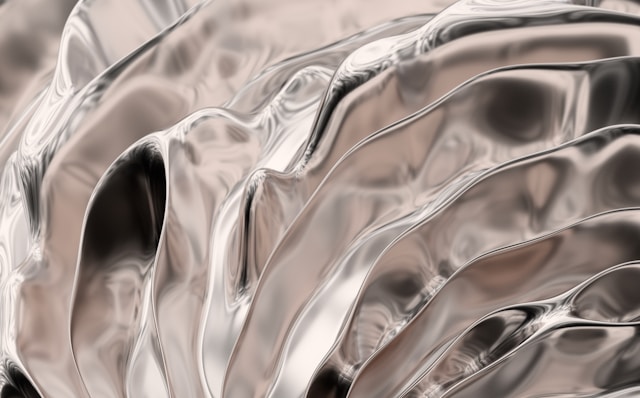
Date:2024-11-26 09:38:04
Researchers at the RMIT University in Australia have succeeded in 3D printing a titanium structure that is at least 50 percent stronger than the strongest alloy made by man and used in aerospace applications. The new ‘metamaterial’ could open up new applications in aerospace and medicine, a university press release said.
Metamaterials are materials engineered by assembling multiple elements made using metals or plastics but deliver properties that supersede those seen in naturally occurring materials. Researchers have been using this approach to create newer materials that can withstand extreme temperature and pressure demands in challenging environments such as aerospace.
The researchers at RMIT took this one step further by achieving the metamaterial design using 3D printing or additive manufacturing in their process. The team innovatively used the technique to improve the lattice structures that occur naturally in nature.
Better than nature
Material scientists worldwide have been inspired by naturally occurring lattice arrangements, such as hollow struts in coral or lily stems that combine strength and low-weight structures.
Yet, replicating the bioinspired structures has been difficult so far. “For most topologies, it is common for less than half of the material to mainly bear the compressive load, while the larger volume of material is structurally insignificant,” said Ma Qian, a design professor, and advanced manufacturing materials at RMIT.
Using 3D printing, a research team under Qian’s leadership designed a hollow tubular lattice with a thin band running inside. “By effectively merging two complementary lattice structures tto distribute stress evenly we avoid the weak points where stress normally concentrates. These two elements together show strength and lightness never before seen together in nature,” Qian added.
Compression testing shows (left) stress concentrations in red and yellow on the hollow strut lattice, while (right) the double lattice structure spreads stress more evenly to avoid hot spots. Image credit: RMIT
How was the metamaterial made?
The researchers used a 3D printing approach called laser powder bed fusion to achieve this metamaterial design. This approach uses a high-powered laser beam to melt layers of metal powder into place.
The double lattice design ensured that it halved the stress at the weak points in the design, and any cracks in the design were also deflected along the structure, thereby improving its toughness.
The team tested a titanium lattice cube made using this approach. It was 50 percent stronger than the cast magnesium alloy WE54, the strongest alloy known to humanity and used widely in aerospace applications. The team is still working on perfecting the metamaterial and hopes that it can improve its temperature-bearing limit to 1,112 Fahrenheit (600 degrees Celsius) and potentially add more applications to its list.
Not just strength, the metamaterial offers the added benefit of being easy to manufacture, thanks to 3D printing. However, it won’t be available right away.





